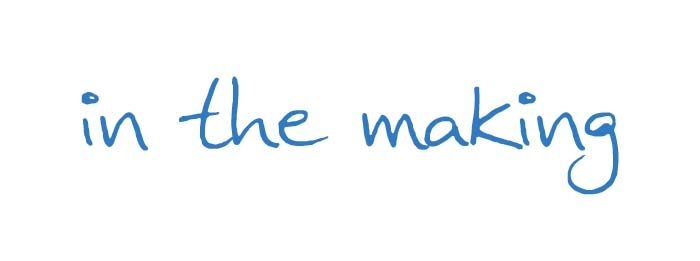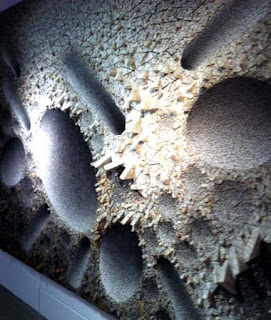 |
| Pip Seymour |
Pip and Rebecca have created a small company which makes paints of all kinds to the highest specification. This does not mean their things are very costly, simply that the ingredients are pure, the pigments strong and the oil paint binder, cold pressed linseed oil, guaranteed to give the best results.
They have a thorough and deep experience of working with these materials at every level. They are both artists and they are also craftspeople who are truly passionate about what they do. They experiment with different sources of pigments, including slate from a Cumbrian mine, Scottish granite, earth from French and Italian quarries, and they also use synthetic pigments. It was fascinating to see how the texture and weight of the paint varies according to the pigment used.
Every step of the painting process has been thought through, from the right kind of support (linen cloth, not cotton or the commerically produced canvases) and ground (they make their own size, primer and gesso) to the best binding agents and mediums. I tried preparing a piece of MDF (probably not ideal) today with their products and found that the oil paint sits clear and bright on it.
I hope they will be returning to Scotland soon to share their knowledge and inspiration. Anyone interested should contact the Art Store in Glasgow. Pip Seymour paints and other products are only available via retailers, not normally from the company themselves.



















































